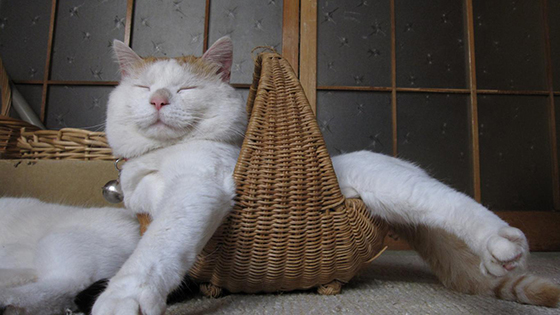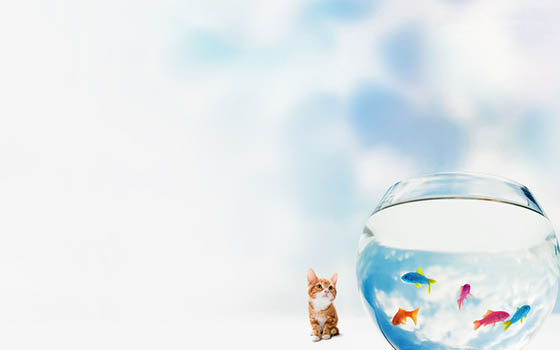Cosplay, an acronym for “gown play,” has emerged as a colourful way of life inside the realm of fandoms and popular culture. it is characterised by way of people meticulously crafting and wearing costumes to embody characters from comedian books, movies, anime, video video games, and greater. initially rooted in fan conventions and gaming activities, cosplay has advanced right into a multifaceted art shape that blends elements of performance, craftsmanship, and storytelling. This evolution has led to intriguing intersections between cosplay and traditional theater, establishing new avenues for creative expression and pushing the limits of what it way to carry out.
The essence of cosplay lies not simply inside the pastime of a character’s look but also in taking pictures their essence, persona, and tale. Cosplayers often spend limitless hours designing, growing, and perfecting their costumes, paying near attention to information such as fabric desire, colour accuracy, and accent authenticity. This determination to element mirrors the meticulous guidance visible in theater productions, where costume designers strive for ancient accuracy or creative innovation to deliver characters to existence on degree.

moreover, many cosplayers move past static portrayals, accomplishing man or woman impersonation thru acting, speak shipping, and improvisation. This brings cosplay toward theatrical overall performance, in which actors have to inhabit their roles each visually and emotionally. the road between cosplay and theater blurs similarly while cosplayers contain dance, tune, or dramatic monologues into their performances, transforming simple man or woman representations into fully immersive reviews.
The rise of stay-motion position-play (LARP) and interactive theater has facilitated this crossover. LARP occasions frequently feature elaborate narratives and international-building, encouraging participants to undertake person personas and have interaction with others in actual-time, similar to actors in a play. these studies demand not most effective physical presence but additionally emotional investment, requiring gamers to suppose on their ft and reply dynamically to unfolding scenes—skills relatively valued in theater.

In current years, expert theater has identified the creative ability of incorporating cosplay elements. Playwrights and administrators have began collaborating with cosplayers to create productions that merge the ingenious international of comedian books and fantasy with the structured field of stagecraft. Such collaborations bring about indicates which can be visually stunning and deeply engaging, attractive to diverse audiences who appreciate the combination of popular subculture references and excessive-artwork overall performance.
Social media structures have played a giant function in amplifying those crossovers. films showcasing cosplayers’ performances at conventions or impromptu street theater acts pass viral, inspiring others to experiment with similar formats. This digital visibility fosters a international network wherein ideas are shared freely throughout geographical barriers, main to progressive fusions of cosplay and conventional acting arts.
instructional establishments have also started integrating cosplay into their curriculum, specifically in drama departments. Workshops and courses train students the way to combine technical competencies in costume layout with expressive strategies from performing. by means of analyzing both fields, students benefit a holistic understanding of overall performance that transcends traditional categorizations.

In end, cosplay has transcended its origins as a hobbyist pastime to come to be a tremendous force in cutting-edge overall performance artwork. Its emphasis on creativity, authenticity, and immersive storytelling resonates with the core concepts of theater, making the 2 disciplines natural allies. As greater artists discover the synergies between cosplay and theater, we can assume even richer and extra numerous varieties of performance to emerge, celebrating the countless opportunities of human expression.


